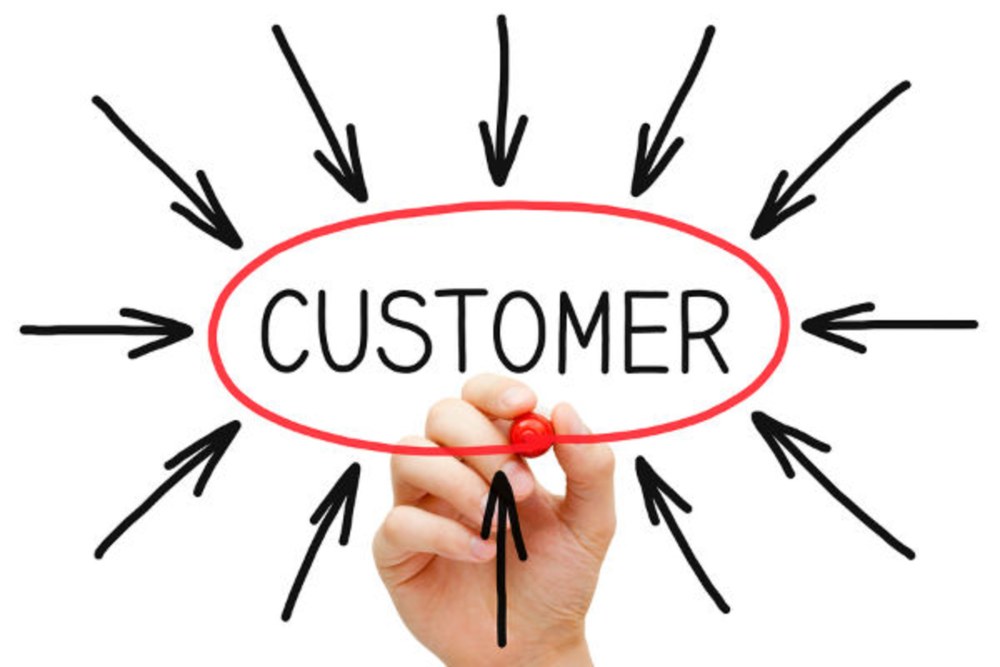Despite the obvious benefits, fewer than a quarter of business-to-business companies are implementing truly effective customer experience programs.
That’s according to a new report from Accenture, which shows that only 23% of B2B companies are achieving higher revenue growth thanks to a souped-up CX program.
The “2015 B2B Customer Experience” report—which polled 1,350 B2B sales and customer service executives across 10 countries—finds that 66% of respondents believe that new entrants are providing better customer experiences in today’s age of digital disruption. Incumbent businesses know they need to make a change to compete—78% of executives think higher customer expectations for tailored B2B solutions will have a substantial impact, while 76% feel that customers are now more knowledgeable, self-directed, and regularly evaluating suppliers.
The numbers are a bit of an anomaly, seeing as how 86% of respondents say they view the customer as “very important” to their strategic priorities. Also, 74% recognize customer experience will play an even larger role in corporate strategy over the next two years.
“B2B companies overwhelmingly recognize the importance of customer experience to their corporate strategy and bottom line, but the majority are wasting their investments on changes that are delivering mediocre results,” said Robert Wollan, senior managing director, Accenture Strategy, in a release. “With consumer-like expectations and a substantial threat from new entrants, B2B companies must be ready to design and execute a transformed customer experience or not invest in such improvements at all.”
Obstacles
On the heels of rapidly changing customer demands, new competition, and low ROI, 45% of executives intend to increase spending by 6% or more to right the ship.
However, some issues may come from the inside. Just 32% of respondents—as opposed to 40% in 2014—say they boast the necessary skills, tools, and resources to deliver the desired CX. A lack of C-suite attention, CX processes, and necessary cross-organizational integration bear the brunt of the blame for this.
Leaders, strivers, and laggards
The report identifies three groups of B2B companies: leaders, strivers, and laggards. Only 23% of organizations remain as leaders from last year, and more laggards have moved up to the strivers category to move it from 48 to 57%.
The research shows that leaders generate an average of 13% annual revenue growth, strivers an average of 6%, and laggards an average decline of -1%.
“There’s a clear distinction between the leaders and strivers in B2B customer experience,” said Wollan in a release. “Strivers are ‘racing to become average’ and average is a precarious position to be in these days. Leaders see after-sales service as a critical part of the customer lifecycle, and they invest not just in new digital technologies but in traditional customer connection points too. Leaders realize that a multichannel approach is needed to reach B2B customers seamlessly and consistently.”








